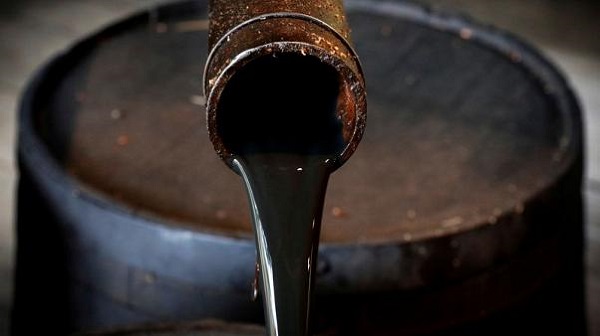Nigeria’s oil production schedules showed that the government is currently not cutting as much as required under the OPEC+ deal.
Nigeria recorded 73 percent compliance with OPEC cuts, overshooting its quota by 84,000 barrels per day in April, according to S & P Global Platts figures.
Other oil producers such as Iraq, Gabon, Equatorial Guinea, and Russia also contributed to the worsening non-compliance, bringing total production by OPEC and its allies to a three-month high.
The 13-member OPEC produced 25.28 million b/d in April, up by 80,000 b/d from March on the back of rising demand.
This is as Russia and eight other non-OPEC oil producers in the group added 13.21 million b/d, an increase of 130,000 b/d, the survey found.
Russia, the main non-OPEC partner, pumped 9.50 million b/d of crude, a rise of 160,000 b/d from March and well above its quota of 9.38 million b/d.
READ ALSO: NNPC Begins Port Harcourt Refinery Repair
Iraq produced 3.97 million b/d in April, producing 113,000 b/d above the quota of 3.857 million b/d.
Gabon pumped 190,000 b/d in April, a rise of 35,000 b/d quota that was fixed by the alliance.
Platts data showed the Equatorial Guinea crude oil production in April was 15,000 b/d above the 105,000 b/d quota.
In readiness for the expected rise in global oil demand, the OPEC+ plans to roll back its quotas by 350,000 b/d in May, another 350,000 b/d in June, and 441,000 b/d in July, for a total 1.14 million b/d rise.
The 10 OPEC members with quotas under the deal and the nine non-OPEC allies achieved a conformity level of 111 percent in April, according to Platts calculations.
OPEC+ ministers plan to convene online June 1 to review market forecasts, adjudicate compliance, and decide whether to continue with their gradual easing of quotas.
The international oil price benchmark, Brent crude, fell by 1.01 percent to $68.95 per barrel as of 12:37 pm Nigerian time on Monday.














